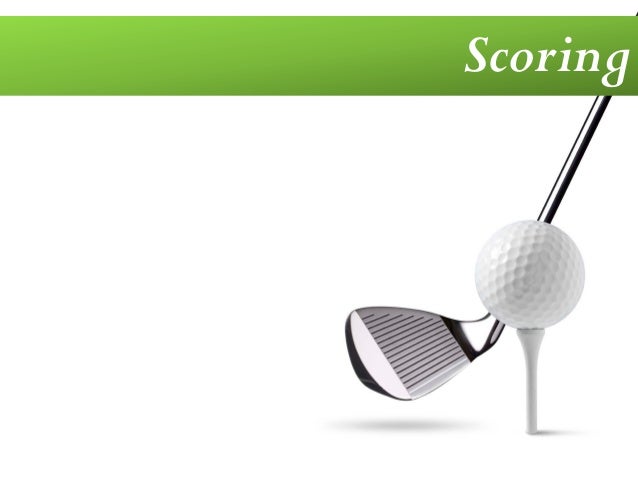


An emerging model of the origin of this dual-MP profile from a common infiltrate, eloquently described by Arnold et al. The prevalence of this MP phenotype is gradually superceded by the emergence of a more anti-inflammatory, proregenerative phenotype ( 1, 45). This event is followed by the infiltration of circulating monocytes into the region, which differentiate into a proinflammatory and phagocytotic MP phenotype ( 1, 27, 45). The body of literature that pertains to skeletal muscle regeneration is heavily dominated by studies focused on myogenic stem cell populations, primarily resident satellite cells however, cellular components of the immune system, especially macrophages (MPs), are becoming increasingly known for their essential and intriguingly complex roles in the muscle regenerative process.Īcute skeletal muscle injury is immediately coupled with the release of intracellular signals and subsequent expression of chemotactic cytokines that attract neutrophils to the damaged tissue within hours ( 16, 39). Coordination of these processes is achieved by an orchestration of molecules, including intracellular components, cytokines/chemokines, growth factors, and protease byproducts, which create a milieu that directs the cellular constituents of the injury site to their proper state of activation to promote efficient skeletal muscle regeneration. Skeletal muscle response to injury involves a complex program of degenerative and regenerative activities to repair the damaged tissue and restore contractile muscle function. Taken together, these data further support the substantial influence of the innate immune system on muscle regeneration and suggest MP-focused therapeutic approaches may greatly facilitate skeletal muscle recovery from substantial injury. We additionally demonstrate that direct intramuscular injection of FACS-isolated CD11b +Ly-6C loF4/80 hi MPs improves the functional and histological recovery of I/R-affected muscle. This suggests MPs largely influence postinjury IGF-I upregulation. Sorted MP populations demonstrated high levels of IGF-I expression, and whole muscle post-I/R IGF-I expression strongly correlates with F4/80 expression. These populations are prominent at 3 and 5 days of reperfusion and molecularly correspond to inflammatory and anti-inflammatory MP phenotypes. Using flow cytometry, we identified two distinct CD11b + MP populations that differ in expression of the surface markers Ly-6C and F4/80.

The aim of this study was the evaluation of MP profiles and their importance in skeletal muscle recovering from tourniquet-induced ischemia-reperfusion (I/R). The presence of macrophages (MPs) is essential for skeletal muscle to properly regenerate following injury.


 0 kommentar(er)
0 kommentar(er)
